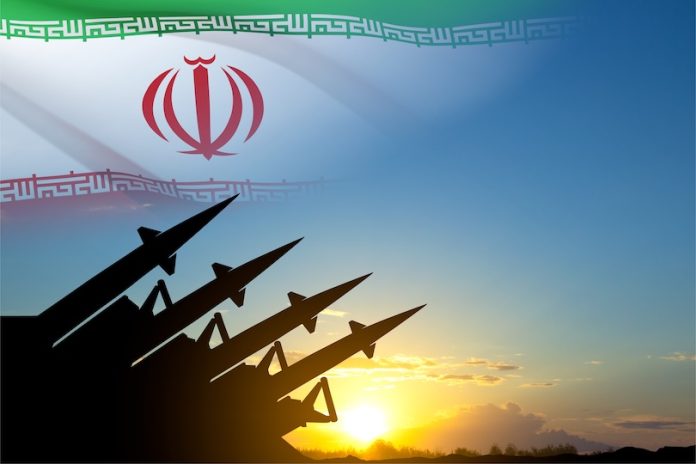The nuclear program of the Islamic Republic of Iran has been a constant topic of discussion in Western politics since its revelation in 2002. Various international bodies and nations, including the IAEA, UN Security Council, United States, European Union, and Israel, have used negotiations, sanctions, and threats to try to control Iran’s nuclear aspirations. Despite facing economic challenges due to international actions, Iran’s leaders have not been swayed to limit their nuclear activities or provide enhanced oversight to the IAEA.[1] The roots of Iran’s nuclear ambitions can be traced back to 1973 when the Tehran Research Reactor was established with the support of the US, during a time when Iran was a Cold War ally. Similar to today, Iran seemed to be pursuing nuclear weapons capability under the guise of a civilian nuclear program.[2] Despite denials by Shah Mohammad Reza Pahlavi, suspicions arose regarding Iran’s nuclear intentions, especially during his attempts to acquire nuclear-capable technology.[4]
Just as in the past, Iran’s strategic location between South Asia and the Middle East motivated its pursuit of nuclear power as a deterrent against regional adversaries. The shah viewed nuclear weapons as a means to strengthen national security and expressed willingness to acquire such weapons if the need arose.[3] The shah’s efforts to bolster Iran’s military capabilities, including seeking nuclear submarines and missiles, raised concerns about Iran’s nuclear ambitions.[7]
Despite facing obstacles and suspicions from Western nations, the shah continued to push for nuclear technology to meet Iran’s energy needs and reduce reliance on petrochemical exports. His interactions with American suppliers and involvement in international nuclear projects reflected Iran’s persistent pursuit of nuclear power.[9] However, disagreements over nuclear fuel reprocessing and concerns about Iran’s motives hindered negotiations during the shah’s era, similar to the challenges faced in modern-day nuclear talks.[11]
After the Islamic Revolution, Iran’s new leaders, including Ayatollah Khomeini and later presidents, continued Iran’s nuclear program in response to perceived security threats. The shift in Iran’s nuclear policy, from peaceful energy production to potential weaponization, marked a significant departure from the diplomatic efforts of previous regimes.[16] The transition from the shah’s nuclear ambitions to the ayatollahs’ pursuit of nuclear power highlighted continuity in Iran’s strategic goals despite political upheavals.
In conclusion, the historical context of Iran’s nuclear program sheds light on the current challenges faced by Western nations and international bodies in dealing with the Islamic Republic’s nuclear ambitions. The parallels between the shah’s nuclear aspirations and the ayatollahs’ strategic objectives underscore the complexity of Iran’s nuclear trajectory and the enduring nature of its quest for nuclear power.




